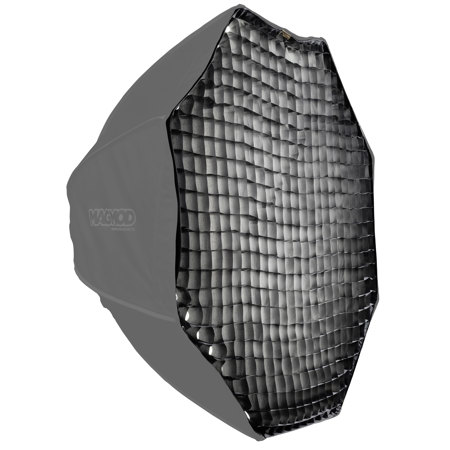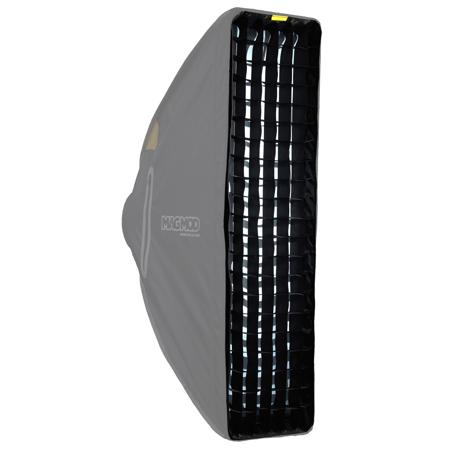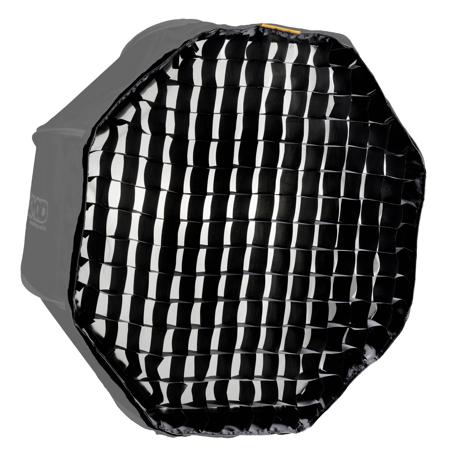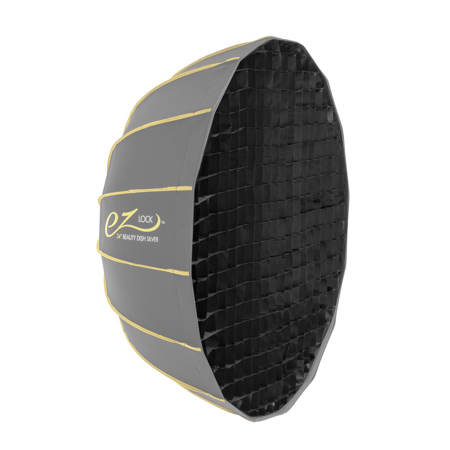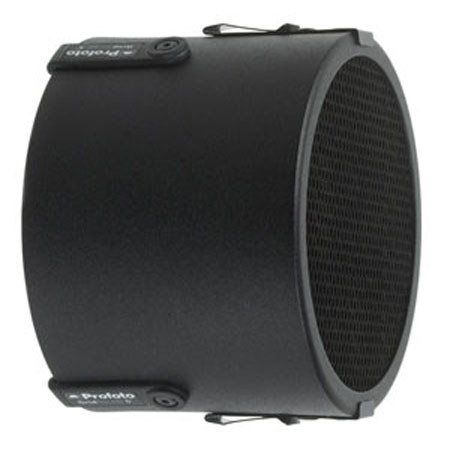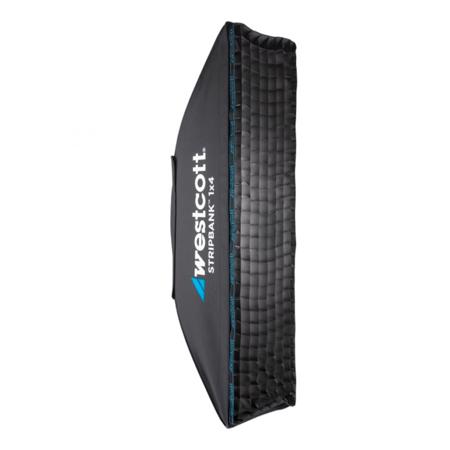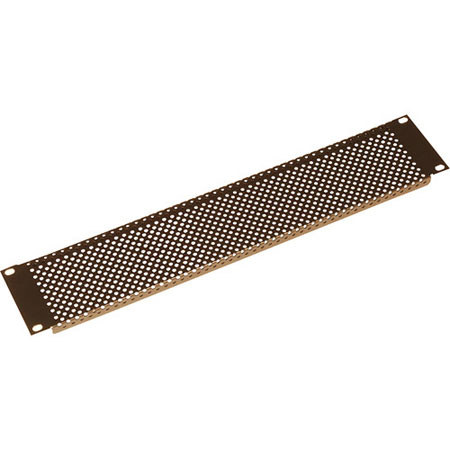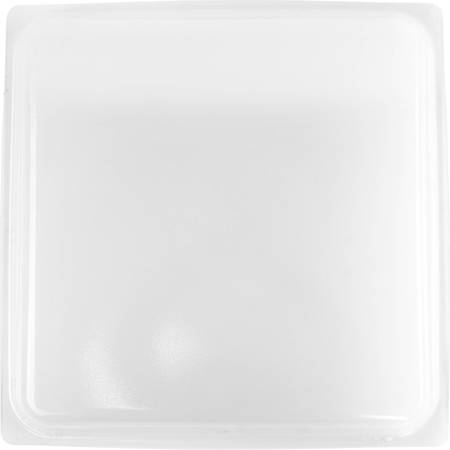Egg Crate Grids
When it comes to achieving precise, professional-quality lighting in photography and filmmaking, egg crate grids are an essential tool in any lighting kit. These versatile modifiers, sometimes called eggcrate grids or soft grids, are designed to attach seamlessly to softboxes, strip lights, or beauty dishes, transforming the way light behaves in your setup. They feature a honeycomb-like structure—often made from durable fabric or rigid materials—that narrows the beam of light, creating a more focused and directional output while preserving the soft, flattering quality that diffusers are known for. This makes them invaluable for controlling light spill, especially in tight studio spaces or on location where unwanted reflections and glare can be a challenge. If you’ve ever struggled to keep your subject illuminated without washing out a background or catching stray highlights on reflective surfaces, incorporating a lighting diffuser egg crate into your workflow can make all the difference.
Egg crate grids are not just for seasoned professionals; they’re also a thoughtful gift for aspiring photographers, videographers, or content creators looking to elevate their lighting game. Portrait photographers rely on them to sculpt light around a subject’s face, creating dramatic separation from the background and emphasizing facial features with subtle, controlled highlights. Product photographers use them to minimize reflections on shiny surfaces—think glassware or electronics—while commercial filmmakers appreciate their ability to direct attention to a specific area of the frame, such as an interview subject, without flooding the set with excess light. As the days grow shorter in September and natural light becomes less predictable, the ability to shape and control artificial lighting becomes even more crucial, whether you’re working in a bustling studio or setting up a home shoot. The portability and ease of setup of modern egg crate grids—many of which fold down for transport—mean you can adapt quickly to changing conditions, capturing the perfect mood for autumn portraits or cozy indoor scenes.
When selecting an egg crate grid, consider the angle and depth of the grid itself. Narrower grids, such as 30 or 40 degrees, provide tighter control and are ideal for isolating your subject, but they do reduce overall light output, so you may need to compensate with higher-powered lights or camera adjustments. The material also matters: lightweight nylon grids are easy to pack and set up, while rigid options offer enhanced durability and precision for demanding shoots. Whether you’re building out a full studio or searching for a single modifier to enhance your existing gear, understanding how an egg crate grid can refine your lighting approach is key to producing consistently stunning results. For a deeper dive into the different types of grids and how they can fit into your setup, visit our comprehensive guide on Lighting Grids For Studios. With the right grid in place, you’ll have the flexibility to create everything from moody, cinematic portraits to crisp, professional product images, all while maintaining the creative control that sets your work apart.
Egg crate grids are not just for seasoned professionals; they’re also a thoughtful gift for aspiring photographers, videographers, or content creators looking to elevate their lighting game. Portrait photographers rely on them to sculpt light around a subject’s face, creating dramatic separation from the background and emphasizing facial features with subtle, controlled highlights. Product photographers use them to minimize reflections on shiny surfaces—think glassware or electronics—while commercial filmmakers appreciate their ability to direct attention to a specific area of the frame, such as an interview subject, without flooding the set with excess light. As the days grow shorter in September and natural light becomes less predictable, the ability to shape and control artificial lighting becomes even more crucial, whether you’re working in a bustling studio or setting up a home shoot. The portability and ease of setup of modern egg crate grids—many of which fold down for transport—mean you can adapt quickly to changing conditions, capturing the perfect mood for autumn portraits or cozy indoor scenes.
When selecting an egg crate grid, consider the angle and depth of the grid itself. Narrower grids, such as 30 or 40 degrees, provide tighter control and are ideal for isolating your subject, but they do reduce overall light output, so you may need to compensate with higher-powered lights or camera adjustments. The material also matters: lightweight nylon grids are easy to pack and set up, while rigid options offer enhanced durability and precision for demanding shoots. Whether you’re building out a full studio or searching for a single modifier to enhance your existing gear, understanding how an egg crate grid can refine your lighting approach is key to producing consistently stunning results. For a deeper dive into the different types of grids and how they can fit into your setup, visit our comprehensive guide on Lighting Grids For Studios. With the right grid in place, you’ll have the flexibility to create everything from moody, cinematic portraits to crisp, professional product images, all while maintaining the creative control that sets your work apart.
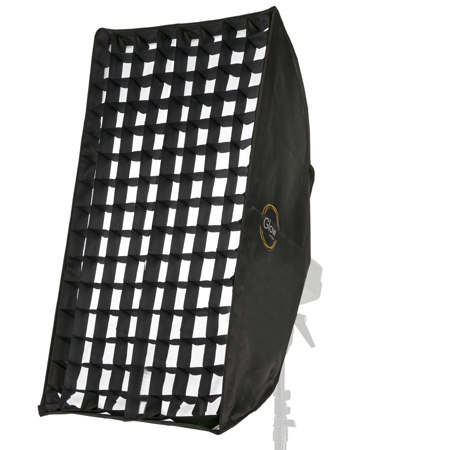
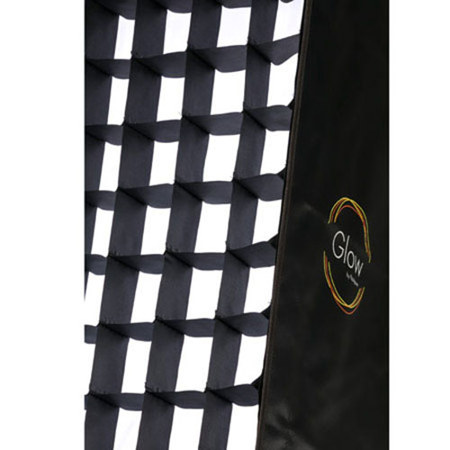
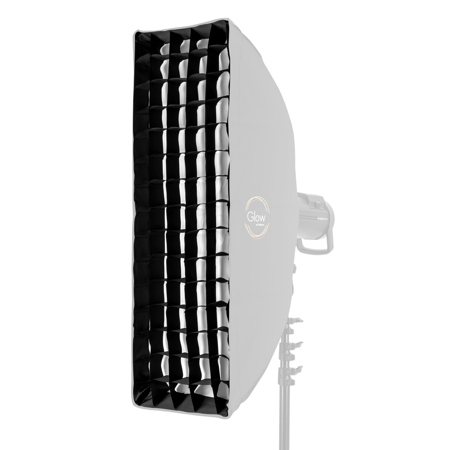
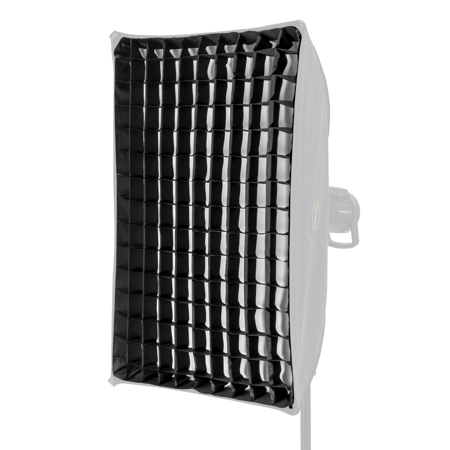
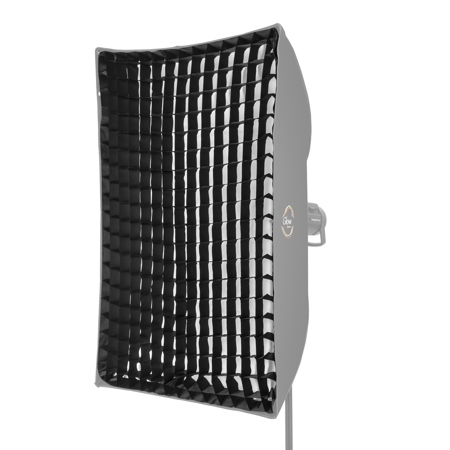
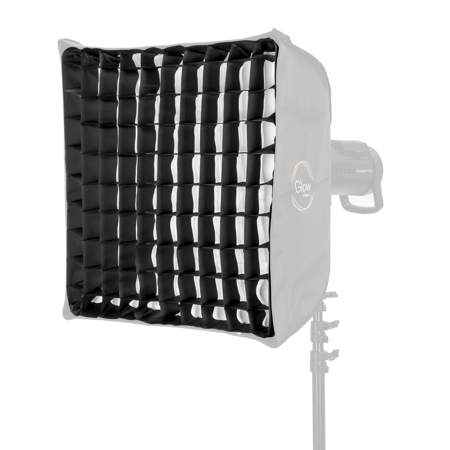
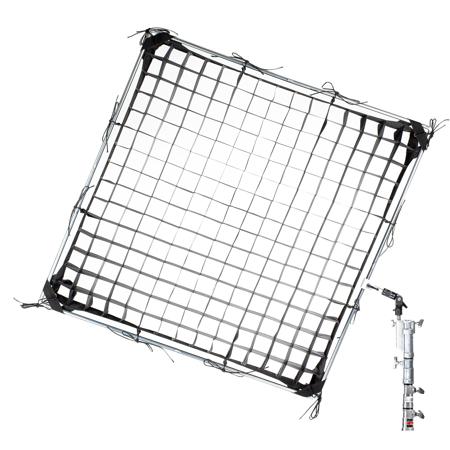
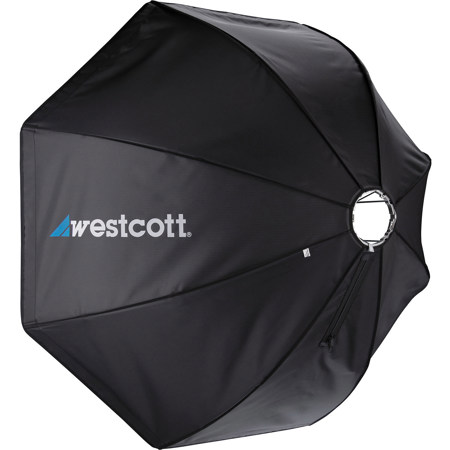
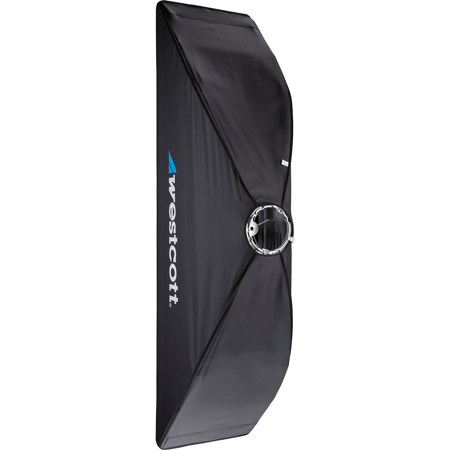
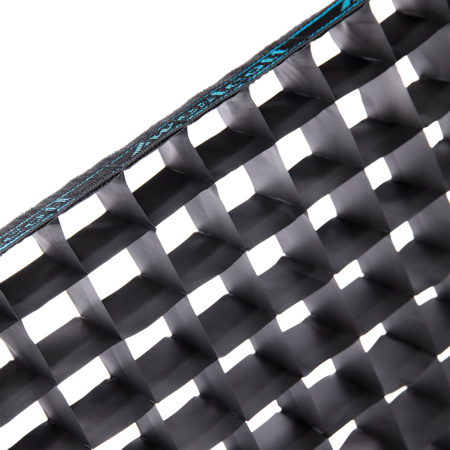
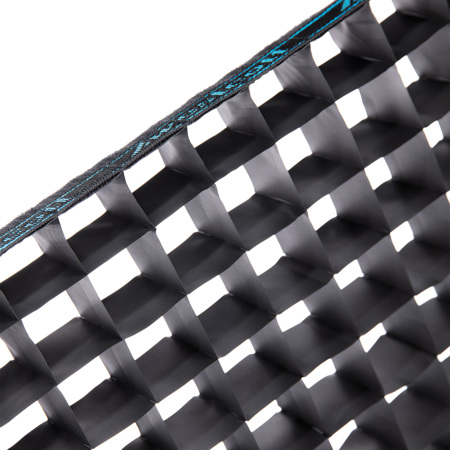
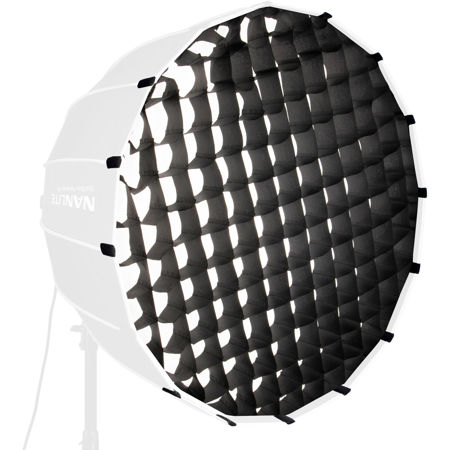
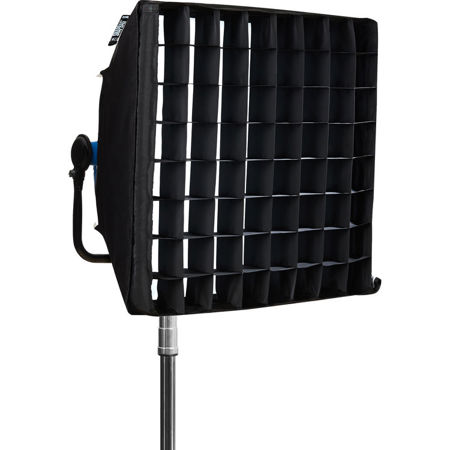
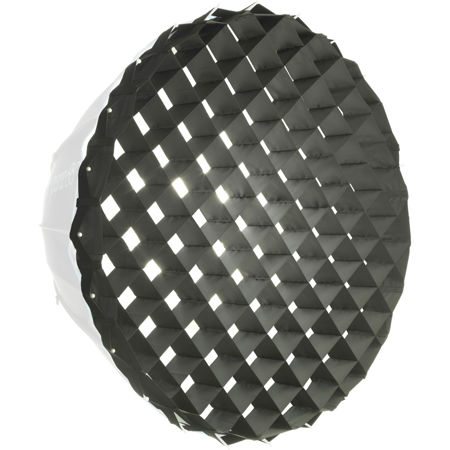
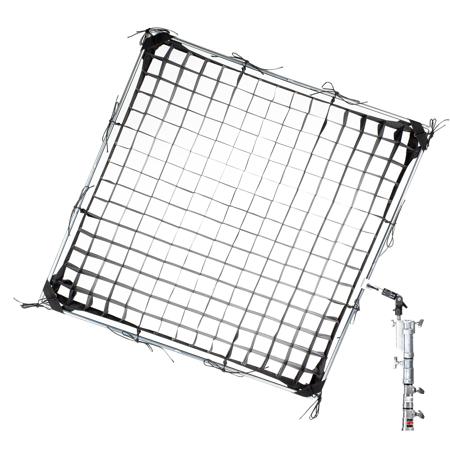
![Chimera Lightools Ez[POP] 40 Degree Soft Egg Crate Fabric Grid for ARRI S120 Standard Lightbank](https://www.adorama.com/images/Large/CM3548EZ4R.jpg)
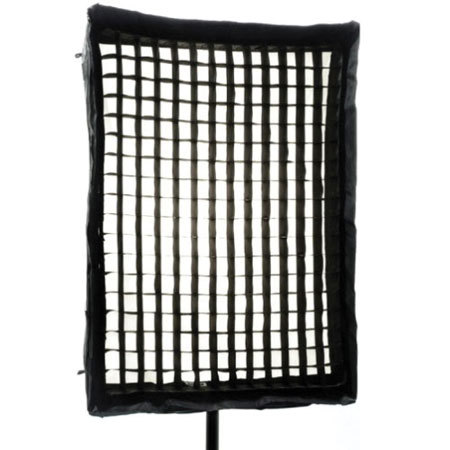
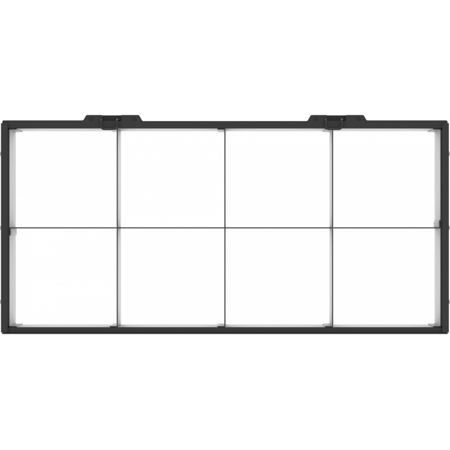
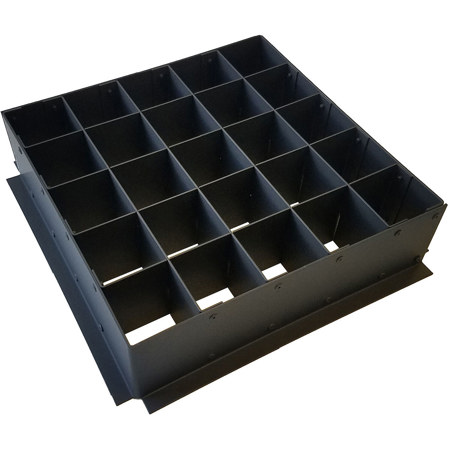
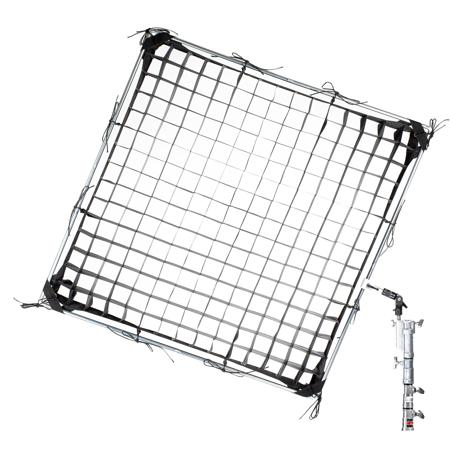
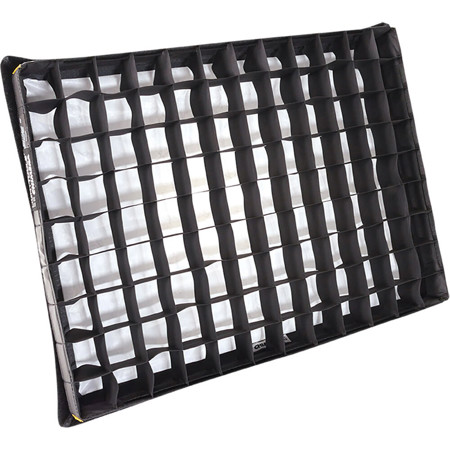
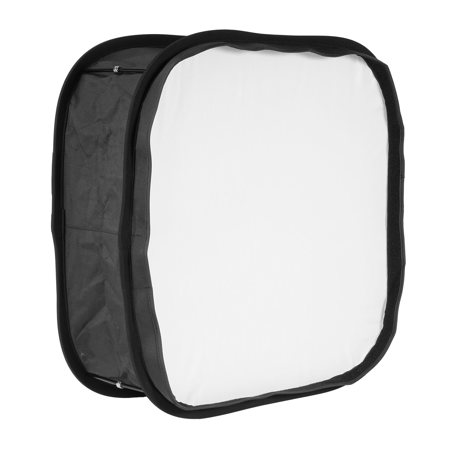

![Chimera ez[POP] 40 Degree Soft Egg Crate Fabric Grids for Creamsource Micro, 17x22"](https://www.adorama.com/images/Large/CM3404EZ.jpg)
